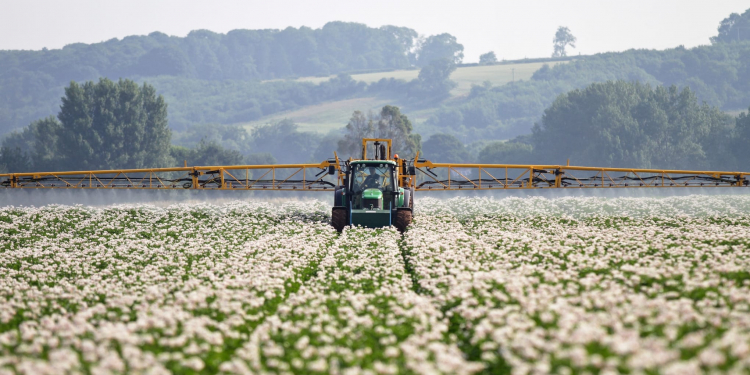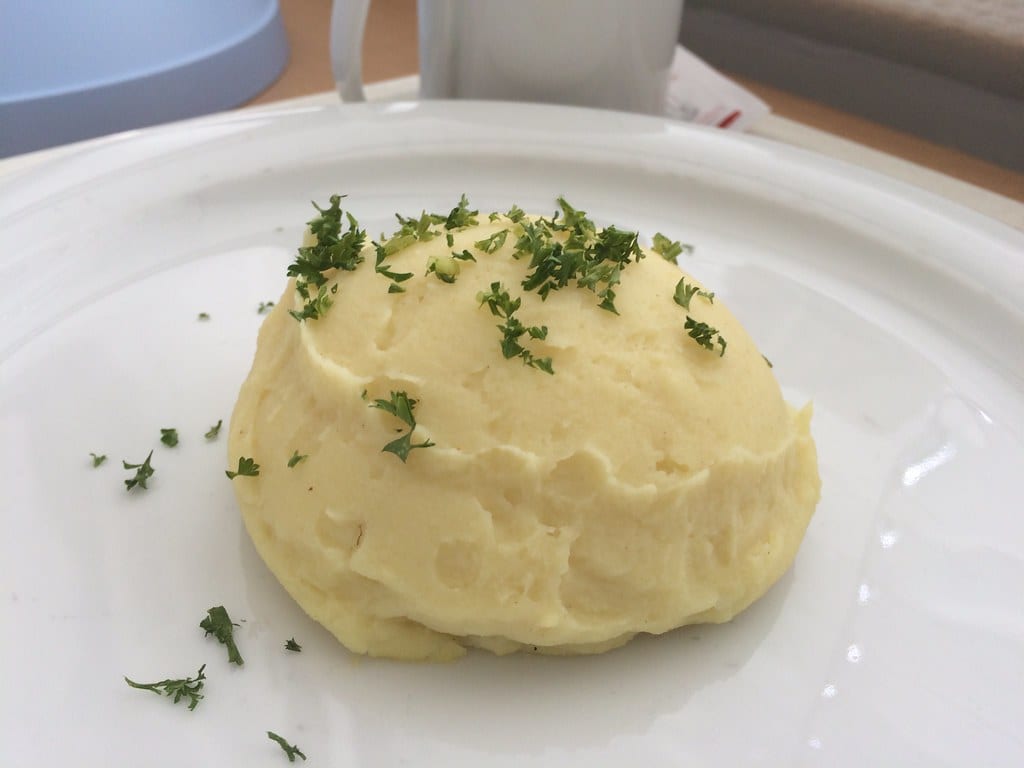Micronutrients tend to fall by the wayside, but their importance should not be overlooked. A comprehensive nutrition plan is paramount. To find out more about what this means for growers, we talked to Jimmy Ridgway, Potato Crop Manager for Yara North America.
In comparison with nitrogen and potassium, potatoes don’t need a lot of zinc, copper, manganese, boron or magnesium, but that doesn’t mean they don’t perform vital roles in potato growth.

Why micronutrients?
Micronutrients such as zinc, copper and manganese are vital for a plant’s autoimmune system. This means that keeping zinc, copper and manganese at optimal levels in the plant can assist in disease prevention and management.
As part of a comprehensive plan with topical and curative fungicides when pressure is higher, proper levels of these micronutrients can make a big difference, much like proper human health. “We might need medicine when we are sick, but there is less of a chance to become sick when we take our vitamins and have a good diet,” Ridgway said. One of the ways that micronutrients function in disease tolerance and resistance is that the level of the nutrients that is required for the potato plant is actually often toxic to the microbe.

Manganese is a well-documented example of this particular function. The level of manganese a potato plant needs is roughly 100 times what Streptomyces scabies (the organism that causes common scab) needs. So when soil is fertilized with the right level of manganese, the toxicity is overwhelming to the microbe and can reduce the incidence of scab.
Calcium, boron and copper work to strengthen cell walls, which make it more difficult for microbes to penetrate and therefore damage or destroy cells. “The calcium in cell walls acts like glue to hold them together, so an opportunistic bacterium or fungus can’t invade as easily,” Ridgway said. Other secondary and micronutrients have specific roles as well. Magnesium and boron, for example, facilitate the movement of carbohydrates from leaves to tubers; if their levels aren’t correct, bulking of tubers can be slowed or stop altogether. Boron is also important for cell division as well as promoting cell strength.
What are the best practices for testing micronutrient levels?

Ridgway recommends growers take petiole samples weekly from about tuber initiation through late bulking. “Progressive growers are also taking soil samples during the season in addition to pre-season samples,” he said. The problem with only taking soil samples though, is that the nutrients in the soil may not be available due to pH, chemical tie-up, or antagonism with each other. Calcium, for example, which needs to be in a soluble form for the potato plants to take it up, is often bound up as highly insoluble gypsum or calcium carbonate. “There isn’t really a way to over-apply soluble calcium, for example,” Ridgway said, “and I’ve never heard of a calcium toxicity problem.”
What rules of thumb does Ridgway recommend?
1. Crop nutrition is a season-long marathon. Demands change based on the stage of growth, so nutrition needs to be monitored and fertilization needs to be adjusted as needed from planting to tuber maturity.
2. Testing helps. Knowing the soil in the local area goes a long way towards getting the best results — and not wasting applications. Use tissue samples to identify trends in the plant’s nutrition status, not just as verification tool for a suspected deficiency. Crop nutrition programs that work in one region may not necessarily be the best options for another.
3. Understand product formulation. “Growers often believe that if they are using fungicides that contain zinc and manganese that those products are delivering zinc and manganese nutrition; however, the formulation of the fungicides is designed to keep the zinc and manganese on the leaf surface to combat the disease. Foliar fertilizers, however, are designed to get into the plant and improve its nutrition status,” Ridgway said.
4. Follow up with analysis. Proactively sample petioles to watch trends in nutrient levels. It is possible to have nutrient deficiency without any visible symptoms. This could mean a loss of yield down the line.

Finally, growers should adjust their plans based on the market the tubers will enter; nutritional requirements change based on if potatoes are used for the fresh market, for processing or for seed. “If a grower goes into the season with a solid plan based on these things, the grower — and plants — will feel less stress.”
Yara is committed to helping farmers grow their top potato in terms of yield and quality, having an impact on their profitability. Crop knowledge, application competence-including technology tools and services — and the most comprehensive crop nutrition portfolio on the market make up the core of Yara’s Crop Nutrition Solution for potatoes. To learn more visit https://www.yara.us/crop-nutrition/potato/.











